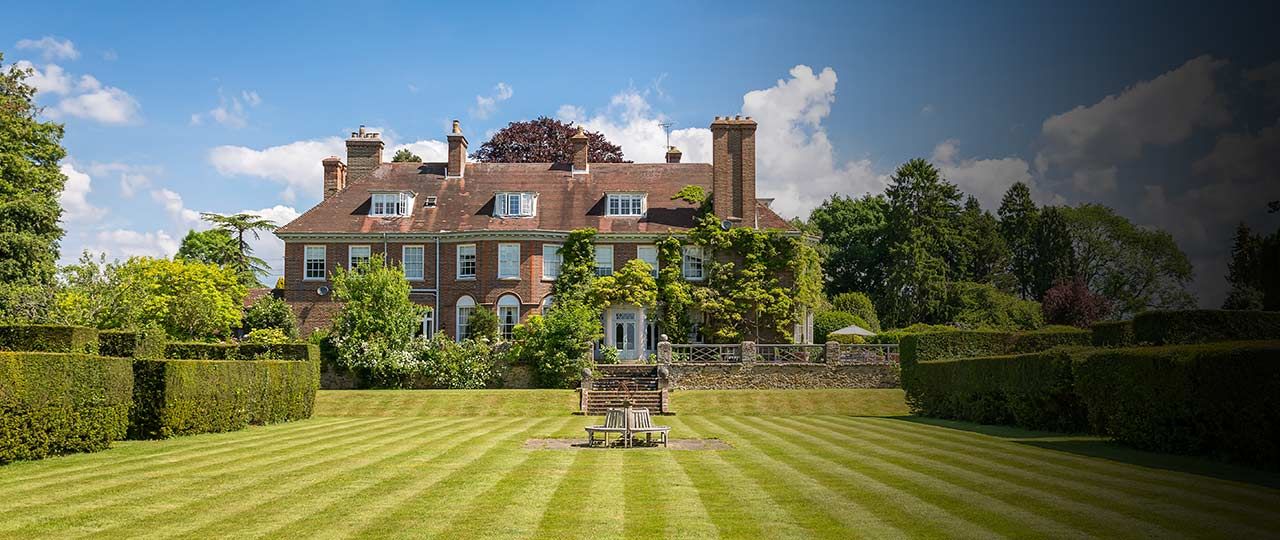
Mark Rimell
Director, National Country House Department


Director, National Country House Department
Although the Edwardian period was short compared to the Victorian era, it coincided with a housing boom in the suburbs. Particularly around London and the home counties, there was a huge demand for large homes and country houses that were close to railway stations for an easy commute to the city.
Why do people like them?
Mark Rimell in our National Country House Department has the answer. “It was a brilliant period for construction. The Edwardians built big, solid country homes with light, airy rooms and the detailing was a cut above what anyone was used to at that time.”
Suburban houses were built on wide plots with fewer, larger rooms, double-aspect living spaces and large hallways. Privacy was also important. Houses were set back from the road with front gardens (many of which have since been converted to driveways) and generous back gardens. The large rooms and period styling now appeal to families who want flexible, bright living spaces.
Away from the suburbs, this was the final age of the country house. The professional classes wanted their very own Howards End, close to a railway station with trains into the city. The countryside surrounding London is peppered with these country homes that feature landscaped gardens and high boundary hedges, providing a secluded retreat from modern life.
The Edwardian period marked a peak in British building standards and homes have a reputation for being well designed and constructed using high-quality materials. People buying an Edwardian home can have a period property without the worry and maintenance costs that older properties can sometimes bring.
How to spot an Edwardian home
Although the Edwardian period lasted just nine years from 1901 to 1910, the architectural style is considered to have continued to around 1920, ten years after Edward VII’s death.
As servants’ quarters were no longer required, the small attic rooms and cellars of the Victorian era gave way to large elegant rooms.
Mark explains more. “Edwardian design was influenced by other periods and styles. There’s a return to the symmetry of the Georgian era combined with high ceilings typical of the Victorian period and flourishes taken from early Arts and Crafts Movement designs. But the key feeling you get from an Edwardian property is space and light.”
Externally, homes are characterised by steep-pitched roofs. Chimneys were often located part-way down the roof, directly above the fireplaces in the rooms below. Dormer windows with pointed barge-boards are a common feature where the loft-space has been used for accommodation.
Mock-Tudor styles were popular for grander country houses, featuring a part-timbered exterior to make the home look older. Art Nouveau stained glass is a common feature of front doors, along with elaborately carved porches.
Where to find them
Edwardian properties are common in the suburbs of most cities, but some of the most beautiful examples can be found in the surrounding countryside.
What to watch out for…
The high building standards and quality of materials mean that Edwardian properties are generally a sound investment given their age. There are just a couple of things to look out for.
Edwardian homes often have shallow foundations, making them vulnerable to ground movement due to large trees or shrubs or problems with drains.
Rising damp is not usually a problem, but it’s important to properly ventilate the property to prevent condensation. Check to make sure air bricks haven’t been covered by garden landscaping works and make sure insulation fitted in the roof doesn’t block the flow of air through the eaves.